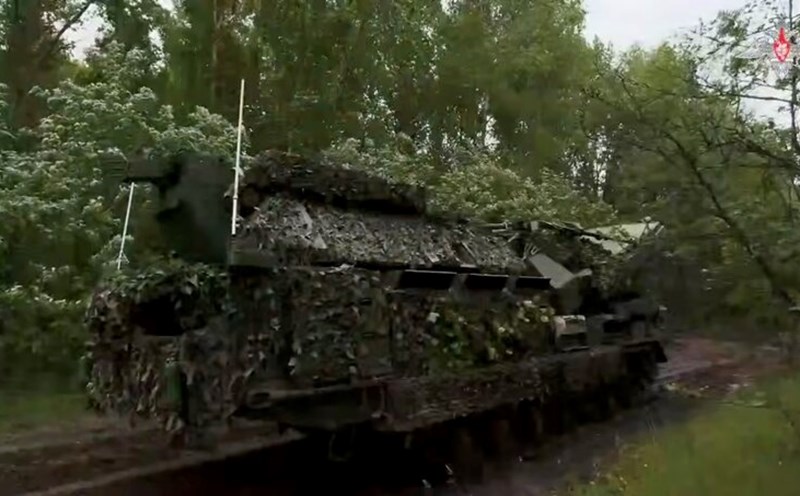The French Defense Procurement Agency (DGA) said that the country has just successfully conducted a test firing of the MICA NG anti-aircraft missile from the Rafale fighter jet. This is an important step forward in the development of new-generation intercept, combat and self-defense weapons, to replace the current MICA missile line.
The MICA NG is designed with a length of 3.1 meters, a diameter of 160mm and a weight of about 112kg. The missile is compatible with existing standard launch routes, as well as being integrated into the vertical launch system. Thanks to the equipping of an image transfer pink sensor and the RF scanning remote at the proactive electronic layer, the MICA NG can operate in all weather conditions and is capable of operating in close range.
Compared to previous versions, MICA NG has many significant improvements. The missile uses a dynamic guidance system combined with two-way data linkage, allowing target locking after launch and self-guidance with the launcher.
The range of operation is extended from 60 to 80 km when launched from the aircraft, or about 40 km when launched from the ground. With a speed exceeding Mach 4, equivalent to about 4,940 km/h, the MICA NG is equipped with a shrapnel bullet with a close-range or explosive impact.
In particular, MICA NG is designed to operate effectively in an environment with electronic conflicts thanks to the ability to restore signals, distinguish targets and maintain data communication between flight phases. This allows the missile to maintain high accuracy and efficiency in complex combat situations.
These outstanding upgrades make the MICA NG a key factor in France's future air defense capabilities. DGA assessed that the missile is not only suitable for the Air Force but also for the Navy, when taking on the role of protecting key combat units from non- maternal road threats.
After this successful test, France is preparing to enter the mass production stage to integrate MICA NG into combat units, contributing to modernizing the national arsenal in the context of increasingly complex security challenges.











